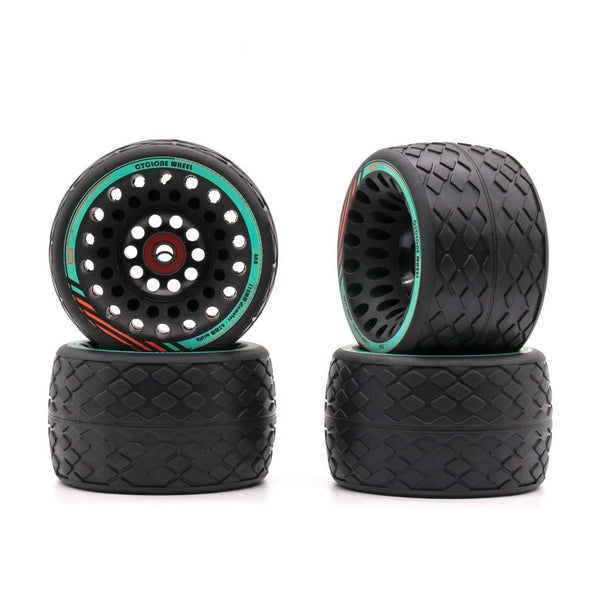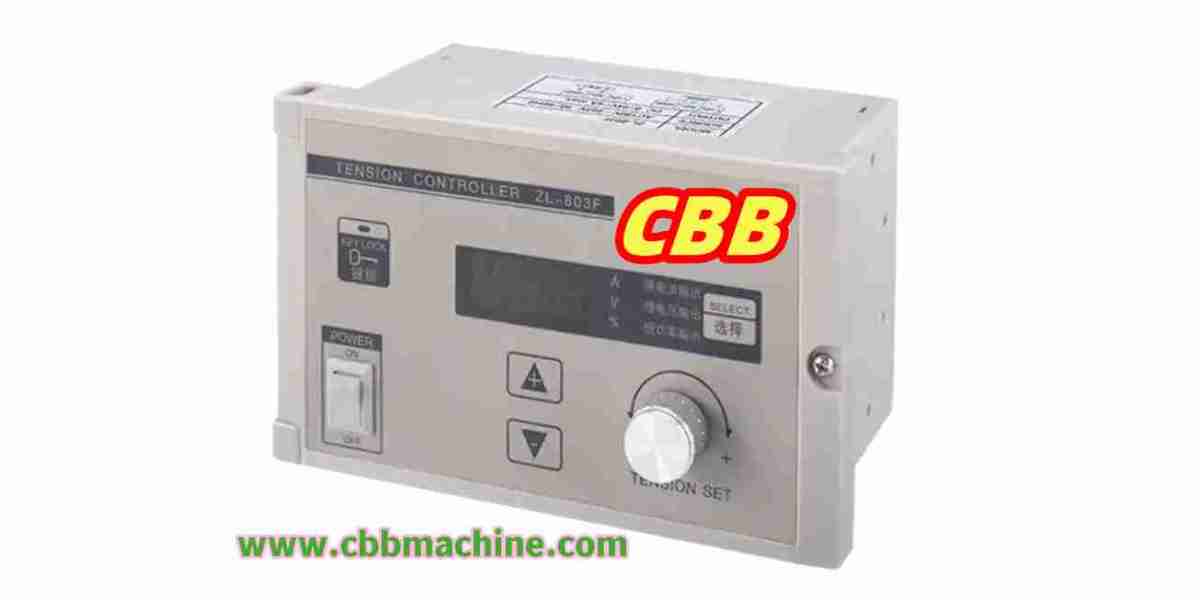Unlock the Thrill: Discover the Ultimate Wheels for Your Electric Skateboard!
When it comes to electric skateboarding, the thrill of gliding through streets and parks is practically unbeatable. However, the key to maximizing that exhilaration lies right beneath your feet: the wheels. Choosing the right wheels for your electric skateboard is crucial as they play a significant role in enhancing performance, safety, and overall riding experience. The right set of wheels can make the difference between a smooth ride and a bumpy ordeal. Not only do they contribute to speed, stability, and maneuverability, but they also affect how well you can navigate various terrains. In this article, we’ll dive deep into the world of electric skateboard wheels, exploring how to select the perfect set for your ride.

Understanding Electric Skateboard Wheels
Electric skateboard wheels come in different sizes, hardness levels, and materials, and each of these factors contributes significantly to your riding experience. Generally, skateboard wheels range from 50mm to 100mm in diameter, and the size you choose can drastically affect your ride. Larger wheels roll over obstacles more easily and are better suited for rough terrains, while smaller wheels offer more agility, making them ideal for tricks and tight turns. The hardness of the wheels, measured in durometers, is another critical factor. Softer wheels (around 78A to 87A) provide better grip and shock absorption, making them perfect for cruising on rough surfaces, whereas harder wheels (above 88A) are more suitable for smoother surfaces and higher speeds. Lastly, the material composition of the wheels influences durability and performance. Most wheels are made from urethane, which provides a balance of grip and durability. Understanding these basics will help you make an informed choice when purchasing your wheels.
Factors to Consider When Choosing Wheels
When selecting wheels for your electric skateboard, several key factors must be taken into account to ensure you get the best performance suited to your riding style. First and foremost, consider the terrain you’ll be riding on. If you mostly ride on rough streets or trails, larger and softer wheels will provide a smoother ride. Conversely, if you primarily skateboard on smooth pavements, smaller and harder wheels may give you the speed and responsiveness you crave. Another important factor is your riding style. Are you a casual commuter, or do you enjoy downhill racing? Your style will dictate the type of wheels that will suit your needs. Finally, think about your weight distribution on the skateboard. Heavier riders may benefit from larger wheels for added stability, while lighter riders can opt for smaller sizes for easier maneuverability. All these factors play a crucial role in ensuring you have a safe and enjoyable ride.
Wheel Size
The size of your skateboard wheels can significantly affect your overall ride experience. Smaller wheels tend to offer increased maneuverability, making them ideal for performing tricks or navigating through tight spaces. In contrast, larger wheels provide smoother rides over rough surfaces and can help maintain higher speeds. A friend of mine, who loves downhill racing, swears by his larger wheels, claiming they allow him to glide effortlessly over bumps and cracks in the road. Ultimately, the right wheel size will depend on your riding style and the terrain you frequent the most.
Wheel Hardness
Wheel hardness is measured using a durometer scale, with lower numbers indicating softer wheels and higher numbers representing harder wheels. Softer wheels (around 78A to 87A) tend to provide better grip and shock absorption, making them perfect for uneven surfaces or long-distance rides. On the other hand, harder wheels (above 88A) are better for smooth surfaces, offering speed and less drag. When I first started riding, I experimented with different hardness levels and quickly learned that softer wheels suited my cruising style much better than the hard ones. Finding the right durometer that matches your riding style can enhance your overall experience.
Material Composition
The material used in the construction of skateboard wheels can greatly affect their performance and durability. Urethane is the most common material for electric skateboard wheels due to its excellent grip and shock absorption capabilities. Urethane wheels tend to last longer and provide a smoother ride compared to rubber wheels, which can wear out faster. However, rubber wheels can offer a unique feel and may be more suitable for specific terrains. Each material has its pros and cons, so it’s important to weigh these factors based on your riding preferences and the conditions you often encounter.
Types of Wheels for Different Riding Styles
Understanding the different types of wheels can help you choose the best option for your specific riding style. For cruising and commuting, larger, softer wheels are generally preferred, as they provide a comfortable ride over various terrains. If you’re into downhill racing, you’ll likely want harder, smaller wheels that can handle higher speeds and offer better control. Additionally, if you enjoy freestyle skating or tricks, wheels that are smaller and more responsive can aid in maneuverability. A buddy of mine who loves to perform tricks on his electric skateboard opts for smaller, harder wheels to maximize his agility. Knowing your riding style will help you select the most appropriate wheels for your needs.
Maintenance and Care for Your Wheels
Taking proper care of your electric skateboard wheels is essential for prolonging their lifespan and maintaining optimal performance. Regularly checking for wear and tear can help you spot any issues before they become serious. It’s a good idea to rotate your wheels periodically to ensure even wear. Additionally, cleaning your wheels of debris and dirt can prevent them from becoming clogged, which could impact their performance. Finally, always ensure that your wheels are securely attached to the skateboard, as loose wheels can lead to accidents. Simple maintenance routines can significantly enhance the durability of your wheels and improve your overall riding experience.
Making an Informed Choice for Optimal Ride Quality
Choosing the right wheels for your electric skateboard is a crucial decision that can significantly impact your riding experience. Understanding the basics of wheel size, hardness, and material composition, alongside considering your terrain and riding style, will help you make an informed choice. Whether you’re cruising through the city or racing downhill, the right wheels can enhance your performance, safety, and enjoyment. Remember to regularly maintain your wheels to ensure they last longer and provide the best ride possible. With the right wheels beneath your feet, you’re ready to unlock the full thrill of electric skateboarding!







